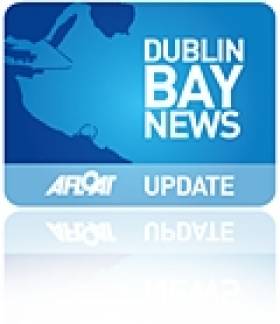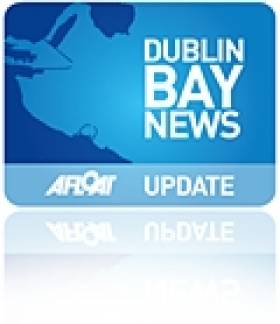Displaying items by tag: The Metals
Dun Laoghaire's Maritime Museum to Re-Open
#MARITIME MUSEUM-The much awaited re-opening of the Maritime Museum in Dun Laoghaire, Co. Dublin is to take place in April, writes Jehan Ashmore.
The museum which is near to Dun Laoghaire Harbour's East Pier, is to reopen on Tuesday 3rd April between 11am t- 5pm. Throughout the season, these same visiting hours apply Tuesdays to Sundays, though the museum will be closed on Mondays.
To read more about the initial exhibits on display (click HERE) in the apt surroundings of the former Mariners Church, where major and essentail renovation work took place over several years. The museum which is run by the Maritime Institute of Ireland (M.I.I.) celebrated its 70th anniversary last year and with the reopening they can now look forward to a new and exciting era.
Located on High Terrace, a Cul-de-Sac that links the town's main shopping thoroughfare on Georges Street Upper to The Metals, the pedestrian walkway –is only minutes away from the Dun Laoghaire DART station.
Car parking is limited in the immediate vicinity though there are car-parking facilities nearby in the Pavilion which is accessed along the harbour waterfront (Queens Road) and the Dun Laoghaire Shopping Centre approached from Marine Road.
In addition to visiting the museum the M.I.I. also welcome members and volunteers to assist in hosting lectures, producing newsletters, journals, a library, hosting and supporting commemorations in addition to conducting research and highlighting Irelands maritime heritage. For further information click HERE.
- Dublin Bay News
- Dun Laoghaire Harbour News
- Dun Loaghaire Harbour
- Mariners Church Dun Loaghaire
- Maritime Institute of Ireland (M.I.I.)
- M.I.I.
- Dun Laoghaire Shopping Centre
- Pavillon Car Parking
- The Metals
- Dun Laoghaire DART station
- Dun Laoghaire Harbour''s East Pier
- East Pier, Dun Laoghaire
- Irish maritime heritage
- Irish maritime museums
Dun Laoghaire’s Maritime Museum Set for Re-Opening
At the end of this month the M.I.I. will celebrate the 70th anniversary of its foundation and it is the intention of the voluntary run museum to 'officially' re-open in March 2012.
To read more about the renovation programme click HERE. If you would like to assist through voluntary work, fund-raising activities or make a donation in addition to keeping abreast of the latest developments visit www.mariner.ie
View Larger Map






























































